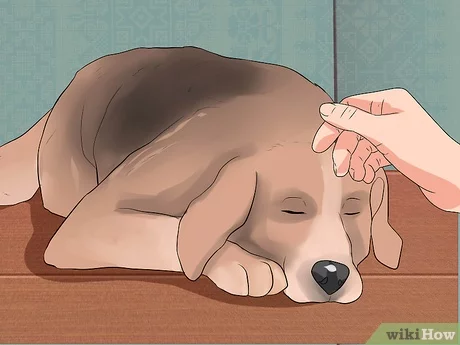How To Give A Dog An Injection
Giving a dog an injection can be a daunting task for any pet owner, but it is essential to ensure their well-being. Whether it’s for routine vaccinations or medication, administering injections at home is becoming increasingly popular among pet owners. In this article, we will guide you through the process of giving your dog an injection in a safe and stress-free manner.
Understanding the Basics
Before we dive into the nitty-gritty of how to give a dog an injection, it’s essential to understand the basics of what an injection entails. An injection involves administering medication or vaccines directly into the bloodstream using a needle and syringe.
The first step in giving your dog an injection is to ensure that you have the correct equipment. You’ll need a sterile needle and syringe, as well as the medication prescribed by your vet. It’s crucial to follow your vet’s instructions regarding dosage and frequency of administration.
Preparing Your Dog
Preparation is key when it comes to giving your dog an injection. First and foremost, make sure that your dog is calm and relaxed before starting the procedure. If they are anxious or agitated, try to calm them down with some gentle strokes and soothing words.
Next, locate the spot where you will administer the injection. The most common areas are on the scruff of the neck or in between the shoulder blades. Gently pinch a fold of skin at this spot to create a small tent-like shape.
Administering the Injection
Now that you have prepared your dog and located the spot for administration let us now move onto how to give a dog an injection. Hold the syringe like a pencil with one hand while stabilizing the tented skin with your other hand. Insert the needle at a 45-degree angle into the skin tent until you feel resistance.
Slowly push down on the plunger to inject the medication into your dog’s bloodstream. Once all of the medication has been injected, remove the needle and syringe from your dog’s skin. Be sure to dispose of the used needle and syringe appropriately.
Aftercare
After administering the injection, it’s essential to monitor your dog for any adverse reactions. Some dogs may experience mild side effects, such as lethargy or loss of appetite, while others may have more severe reactions. If you notice any concerning symptoms, contact your vet immediately.
It’s also important to keep the injection site clean and dry after administration. Avoid touching or rubbing the area, and monitor it for any signs of swelling or redness.
Final Thoughts
Administering injections at home can be a daunting task, but with proper preparation and technique, it can be done safely and effectively. Remember to always follow your vet’s instructions regarding dosage and frequency of administration, and monitor your dog closely for any adverse reactions.
In conclusion, knowing how to give a dog an injection is an essential skill for any pet owner. By following these simple steps, you can ensure that your furry friend stays healthy and happy for years to come.



